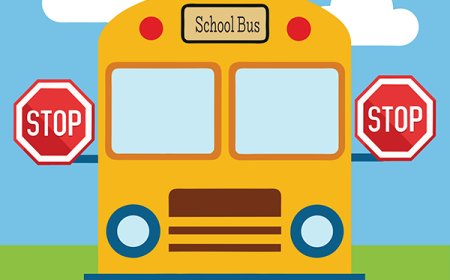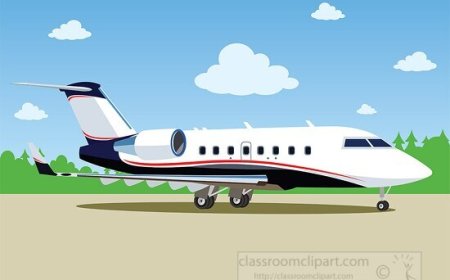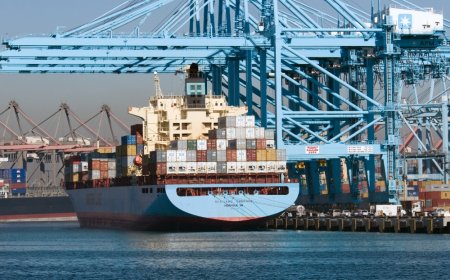What Is a Bus? Public and School Bus Facts for Kids
Learn what buses are and how they help people travel. Discover fun facts about city, school, and electric buses in this easy guide for kids.
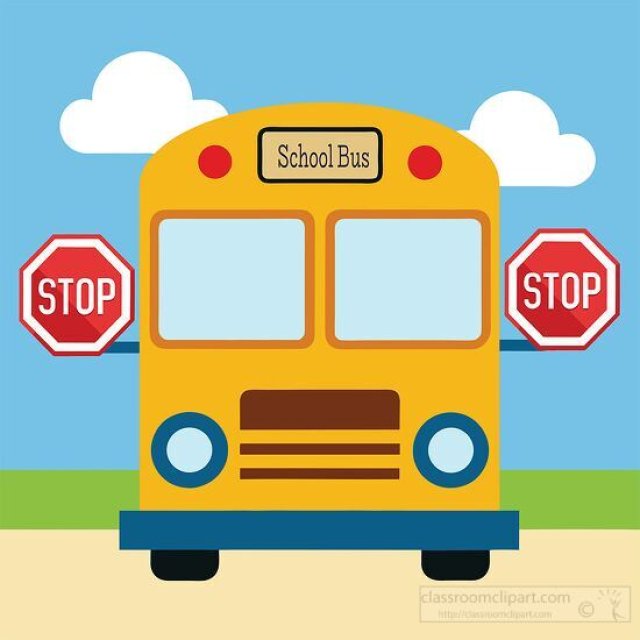
🚌 Bus: The Vehicle That Moves Cities
Summary:
A bus is a large vehicle that carries many people at once. Buses are a key part of public transportation systems in cities and towns around the world. They help people get to school, work, and other places—without everyone needing their own car. In this article, you’ll learn what buses are, how they work, and why they’re so important.
🛣️ What Is a Bus?
A
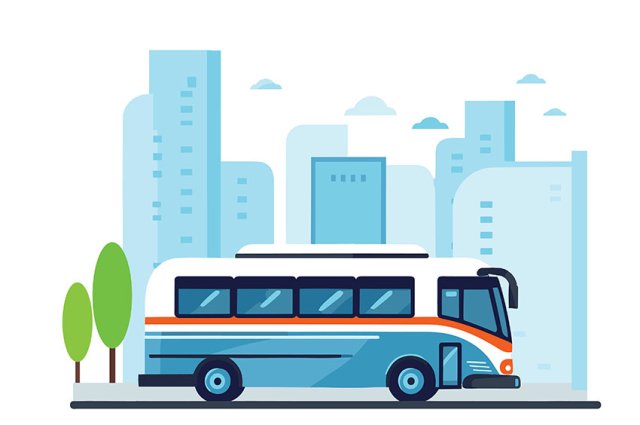
bus is a long motor vehicle with many seats that is designed to carry passengers. Most buses run on a set route, picking up and dropping off people at specific stops.
There are different types of buses:
- City buses – Used for short trips in towns and cities
- School buses – Take students to and from school
- Coach buses – Designed for long trips and comfortable travel
- Electric buses – Eco-friendly buses powered by batteries
Buses help move large groups of people efficiently—and they help reduce traffic and pollution.
⚙️ How Do Buses Work?
Most buses have large engines that run on diesel fuel or electric batteries. The driver controls the bus using a steering wheel, brakes, and gas pedal—just like a car, but much bigger.
Key Features:
- Multiple rows of seats
- Wide doors for getting on and off quickly
- Handrails for standing passengers
- Digital displays to show routes and stops
- Fare systems for collecting payment
Buses follow schedules and routes so passengers can plan their trips.
🚌 A Short History of the Bus
Buses have been around for a long time—and they’ve come a long way!
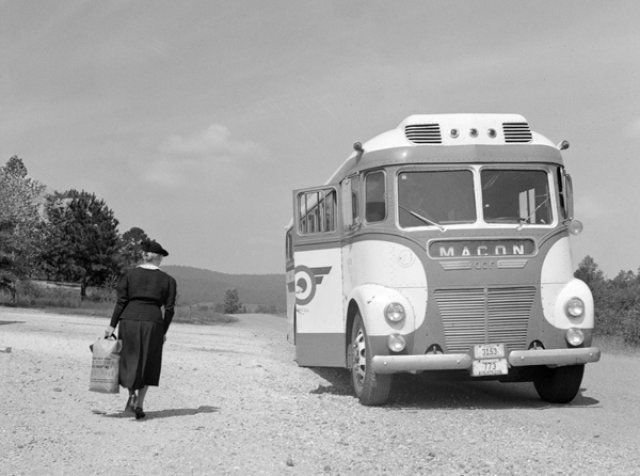
- In the 1820s, horse-drawn carriages called omnibuses carried people through cities.
- In the 1900s, gasoline-powered buses became popular.
- In the 2000s, cities began using electric and hybrid buses to reduce pollution.
Today, many countries rely on buses as part of their public transportation systems.
💡 Did You Know? The word “bus” is short for omnibus, which means “for everyone” in Latin!
🏙️ Why Are Buses Important?
Buses help cities and communities in many ways:
- Affordable – Cheaper than owning a car
- Efficient – Carry up to 60+ people at once
- Eco-friendly – Reduce the number of cars on the road
- Accessible – Help people who can’t drive (kids, elderly, disabled)
Buses are especially important in places where trains or subways are not available.
🚌 School Buses
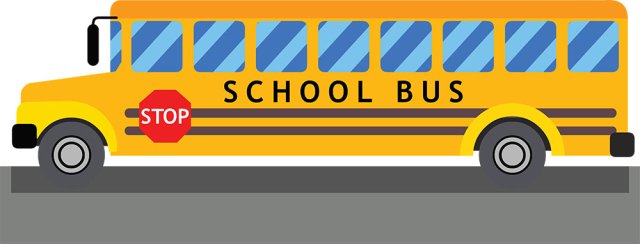
School buses are a special kind of bus just for students. In the U.S., they are usually yellow, and they have safety lights and stop signs to protect children as they get on and off.
Some school buses even have seat belts and GPS trackers for added safety.
🛑 Bus Safety Tips
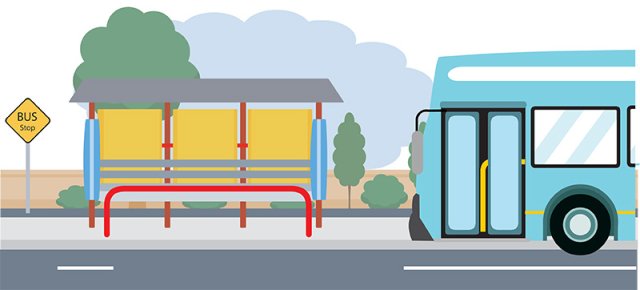
- Wait at the stop, not in the road
- Let people off before you get on
- Hold onto handrails if standing
- Don’t distract the driver
- Always listen to safety rules
📚 Vocabulary to Know
- Bus stop – A place where buses pick up or drop off passengers
- Route – The path the bus follows
- Fare – The money paid to ride
- Electric bus – A bus powered by batteries
- Transit – Another word for public transportation
🧠 Think About It!
If everyone in your town took the bus instead of driving, how would that change your streets and environment?
🧒 Kid-Friendly Summary
A bus is a big vehicle that carries lots of people. It stops at special places so passengers can get on or off. Buses help keep cities moving and reduce traffic. They’re safe, affordable, and important for everyday life.


















































